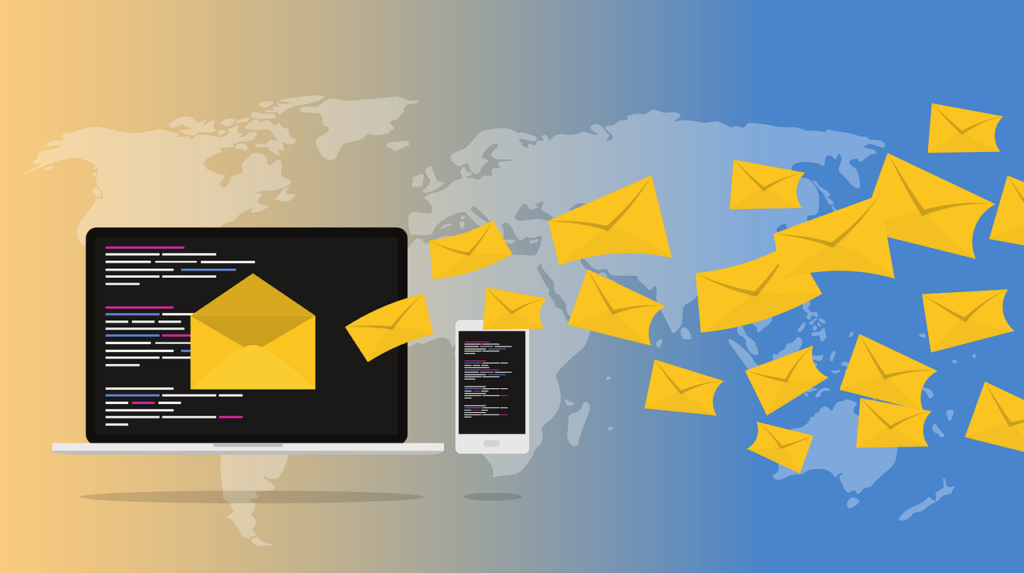Email marketing is a marketing strategy that involves sending promotional messages or newsletters to a group of people via email. This strategy has been around for decades, but it is still a highly effective way to reach customers and drive sales. Email marketing has an ROI of 4,400%, making it one of the most cost-effective marketing strategies. That said, let’s find out what the future holds for email marketing with our in-depth look at the latest innovations and emerging email marketing trends.
Current State of Email Marketing
As of 2021, there are 4 billion email users worldwide, expected to grow to 4.6 billion by 2025. Furthermore, 73% of millennials prefer to receive business communication via email, and 59% of consumers say that marketing emails influence their purchase decisions.
Email Marketing Trends and Predictions for 2023 and Beyond
- Personalization and Segmentation: In the future, email marketing will become more personalized and segmented. This means marketers must create more targeted campaigns based on customer behavior, preferences, and demographics. Personalized emails have a higher open rate and click-through rate than generic emails, so this trend is crucial for email marketing.
- Automation and AI: Automation and AI are already making waves in email marketing, and this trend is expected to continue. With automation, marketers can create triggered campaigns that send emails based on specific customer actions or events, such as abandoned cart reminders or birthday messages. AI can help marketers analyze customer data and behavior to create more targeted and effective campaigns.
- Mobile Optimization: With the increasing use of mobile devices, mobile optimization is becoming more important for email marketing. Emails not optimized for mobile devices will likely be deleted or ignored. In the future, marketers must create emails that are easy to read and navigate on mobile devices, with clear and concise content and attention-grabbing visuals.
- Data Privacy: As data privacy becomes more important to consumers, marketers must ensure they follow best practices and regulations for data collection and storage. This includes obtaining customer consent before collecting their data and being transparent about its use. Failure to follow data privacy regulations can result in hefty fines and damage to brand reputation.
- Engagement and Interactivity: To stand out in a crowded inbox, emails will need to be engaging and interactive in the future. This can include interactive content such as quizzes, surveys, polls, animations, GIFs, and videos. Interactive emails can increase engagement and create a more memorable experience for customers.
Conclusion
In conclusion, email marketing is a powerful marketing strategy that is going to be around for a while. To stay ahead of the game, marketers must keep up with the latest trends and predictions, including personalization and segmentation, automation and AI, mobile optimization, data privacy, engagement and interactivity. By implementing these strategies, marketers can create more effective and engaging campaigns that drive sales and build customer loyalty.


